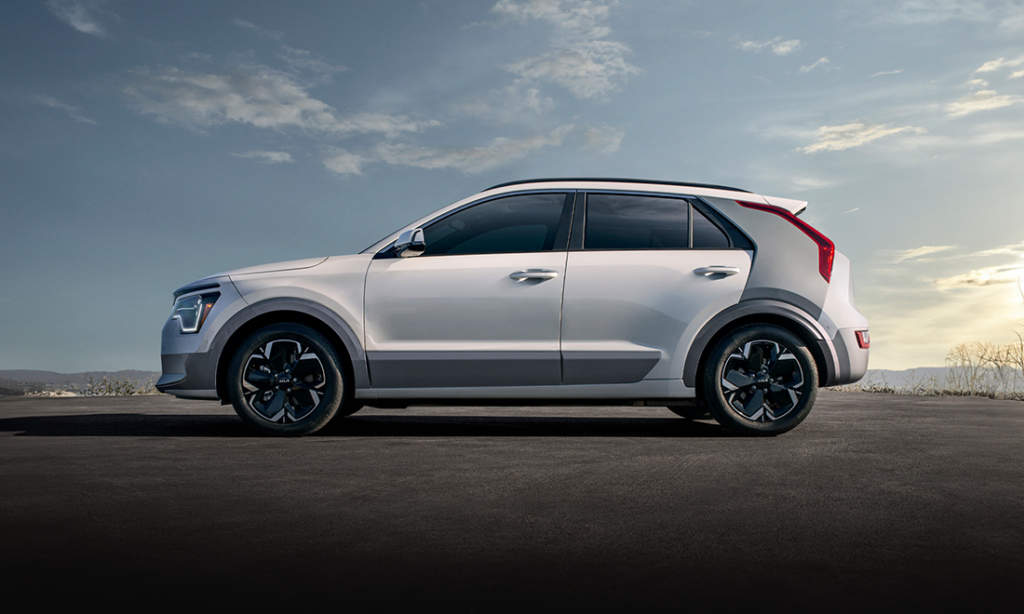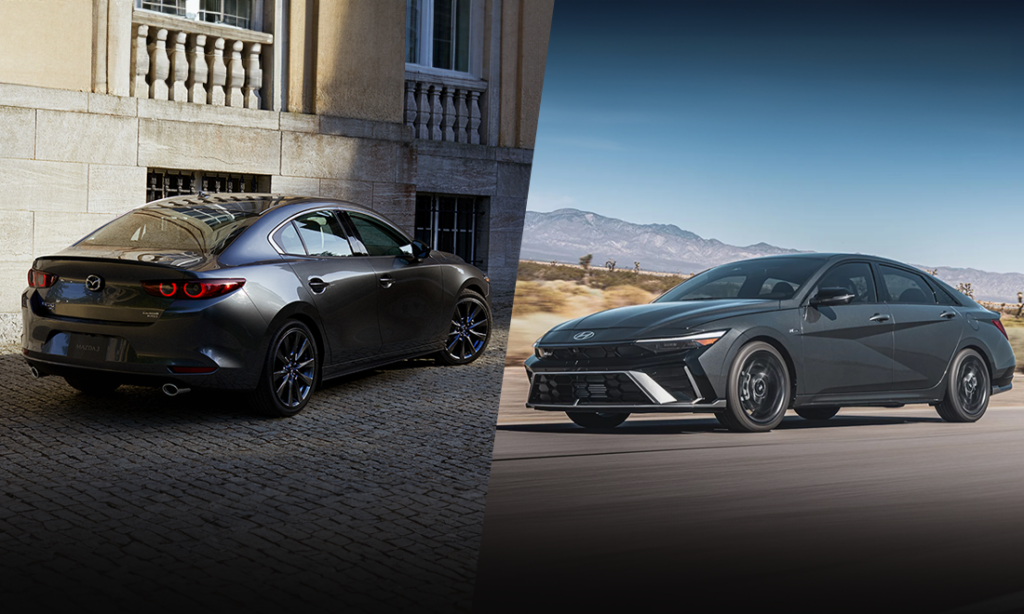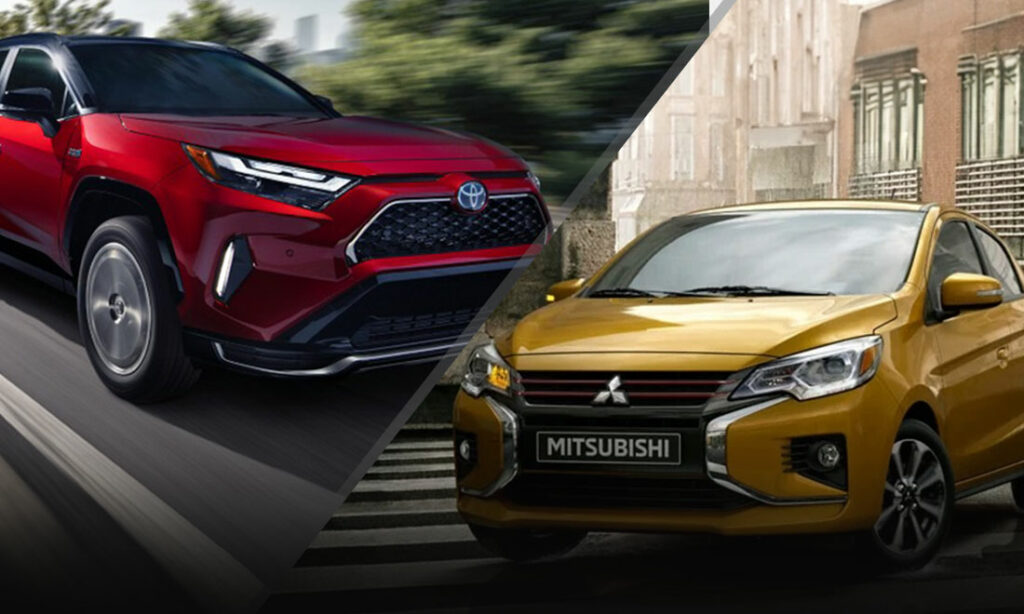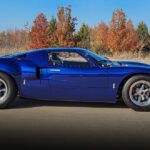Classic Matchups: 80s Nissan Sentra vs Honda Civic
They were small, efficient, and affordable. It’s the Nissan Sentra vs the Honda Civic for the best economy car of the 1980s.
Economics 101
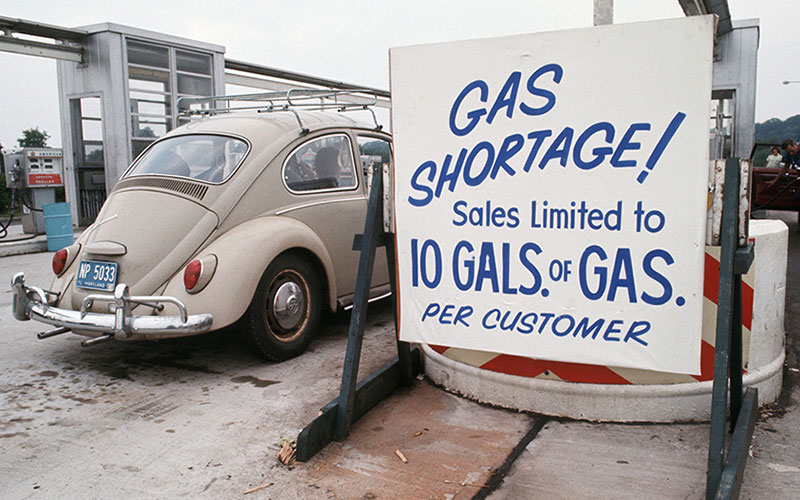
Today, Honda and Nissan are major global automobile manufacturers with large footprints in the US. They make cars, trucks, and a whole mess of SUVs and crossovers that appeal to nearly every conceivable car buying demographic. But not so long ago, these two Japanese carmakers were much smaller in size and just beginning to make inroads in America with small economy cars.
The Oil Crisis of the 1970s was rough for good old American V8s but a boon for small Asian imports. Toyota, Honda, and Datsun (soon to be Nissan in the US) offered small, fuel efficient, reliable cars at affordable prices. In other words, just what the market was calling for. These economy cars provided the critical foothold those companies needed to break into the American market and become the iconic brands we know today.
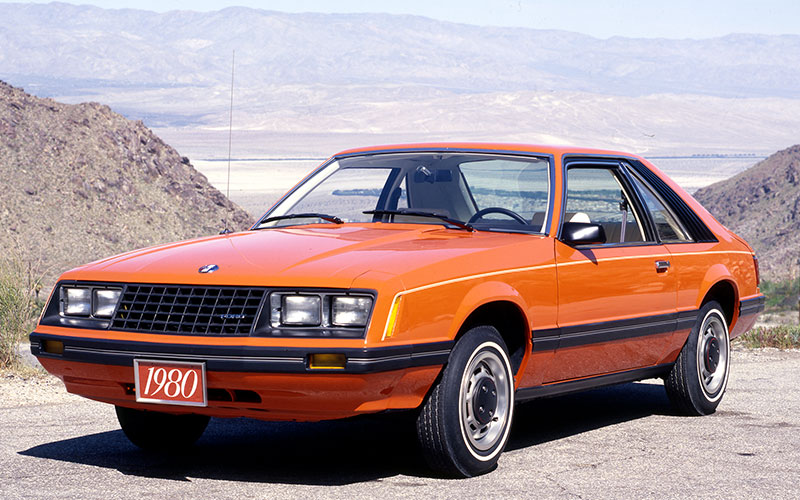
When you think of 1980s automotive icons, you probably think of cars like the Lamborghini Countach, the Fox body Mustang, or the BMW E30 M3. But what about the cars we rode in everyday back in the 80s? The Ford Tauruses and Dodge Caravans of the world? For this historical head-to-head we wanted to compare two quintessential Japanese econo-boxes of the era of Reaganomics, the Nissan Sentra vs the Honda Civic.
Civic Pride
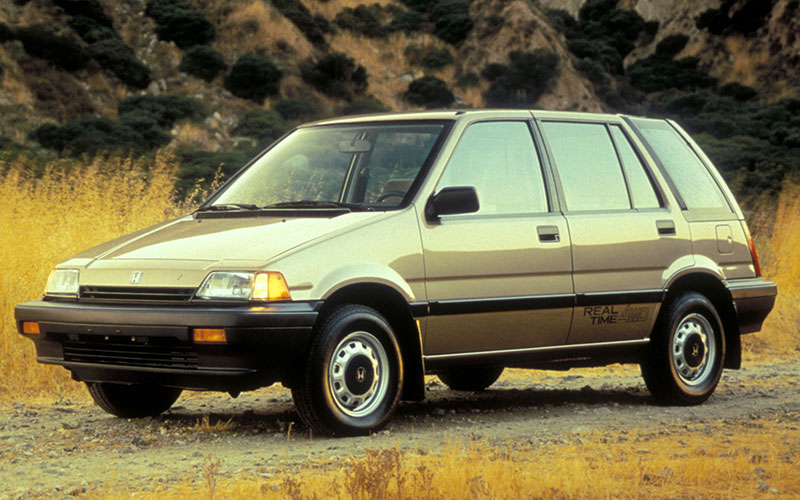
The third-generation Honda Civic debuted in 1983 with new engines and four distinct body styles: sedan, three-door hatchback, a station wagon (aka the Wagovan), and a coupe. The new 1.3L and 1.5L inline-four engines featured Honda’s CVCC technology (Compound Vortex Controlled Combustion) which more thoroughly burned fuel and made these diminutive engines even more efficient. In fact, a 1.3L equipped Civic CRX coupe got an astounding 51 city and 67 highway mpg rating from the EPA (it also produced just 60 horsepower).
In 1984, the wagon or “Wagovan” received part-time, push-button four-wheel drive capability. This, along with a good seven-inch ground clearance, made the Civic wagon a tenacious do-it-all vehicle. A new and improved “Real Time” automatic four-wheel drive system was introduced in 1987.
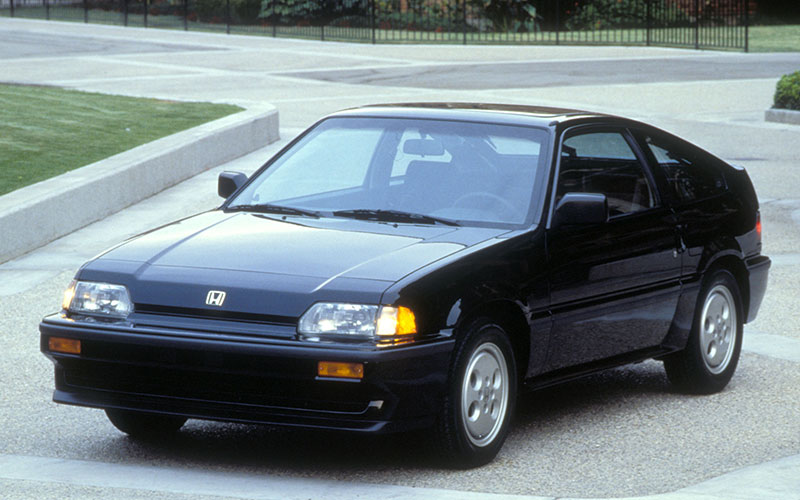
While the Japanese market was treated to the Civic Si, US buyers had to settle for the CRX Si, released in 1985. The new 1.5L SOHC engine upped the Civic’s output by 50 percent to a whopping 91 horsepower. It also received updated anti-roll bars and a stiffer chassis. Yes, we were still a long way from the Type R, but at just over 1,700 lbs. the Civic was able to deliver not just great fuel efficiency but decent acceleration too with a 0-60 time of 8.5 seconds. Pretty respectable for its day. And the Civic wasn’t just a zippy gas sipper either, it also won plaudits from NHTSA for its impressive crash test scores.
Don’t Call It a Datsun
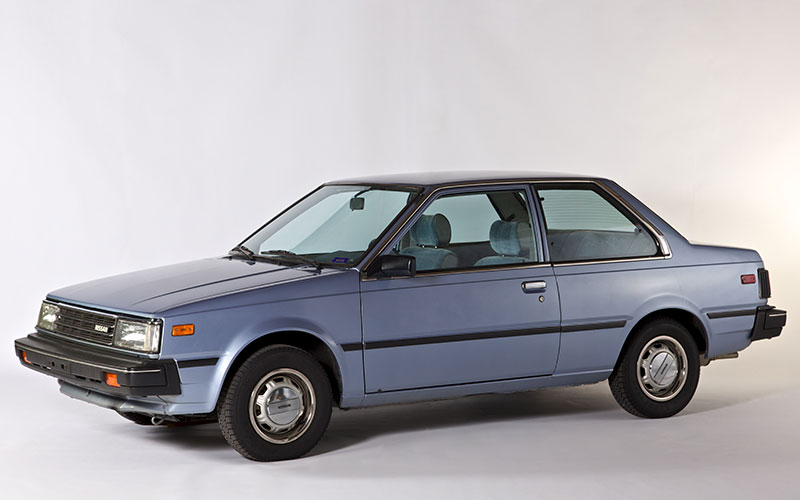
In the early 1980s, Datsun was just embarking on their attempts at a US rebranding with the introduction of the Nissan name in North America. The Nissan Sentra debuted in 1982 as the successor the outgoing Datsun 210. The Sentra would be just the second vehicle to bare a Nissan nameplate in America (after the Nissan pickup truck) and also the second produced here.
Like the Civic, the Sentra came in multiple body styles including two- and four-door sedans, a three-door hatch, and a five-door wagon. It too was a model of efficiency. The Sentra’s 1.5L inline four-cylinder made a modest 67 horsepower but netted 43 city and 58 highway mpg, the best for a production car in 1982. The following year, the Sentra received a new 1.6L engine with an electronically controlled carburetor and a short-lived but highly efficient 1.7L diesel. The two-door hatchback SE was added in 1985.
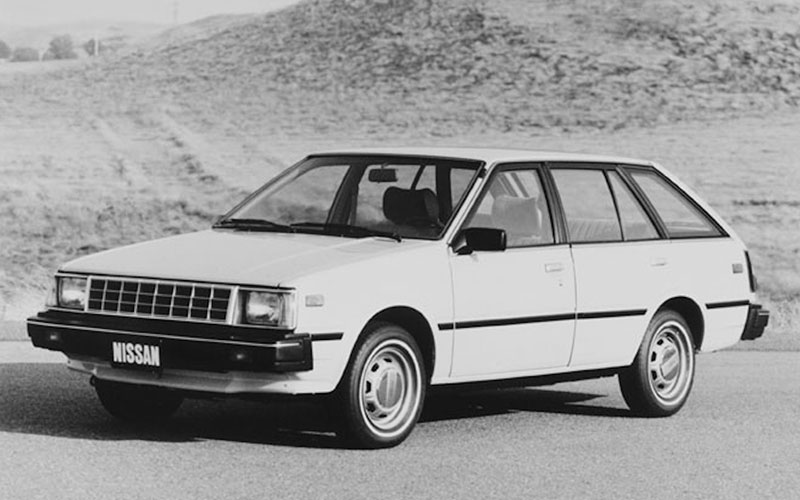
The second-generation Sentra arrived in 1986 with a new look and new engines that, while more efficient, weren’t much more powerful than the first generation.
But Who’s More 80s?
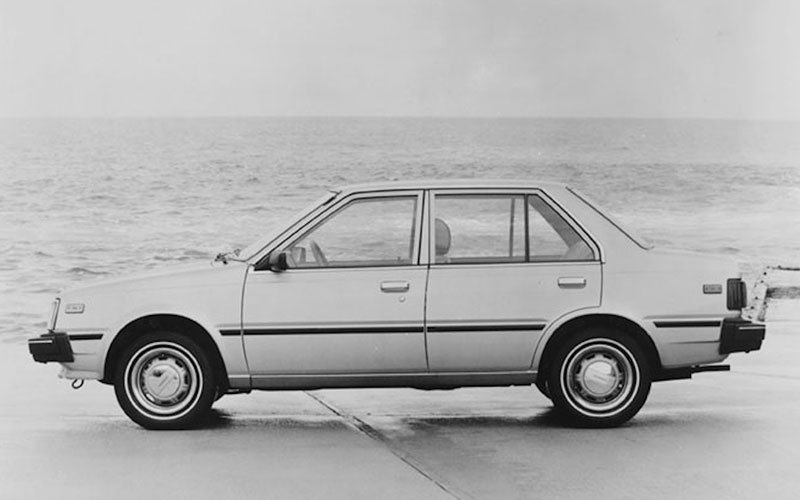
So, which is our preference for the more essentially 80s economy car? The Sentra offers a compelling case as the first to the “most efficient” car in the US title. It also helped establish both the Nissan name and the company itself in the US thanks to its impressive sales numbers. And finally, it still defines what a compact economy car was “back in the day”. That is: efficient, unexciting, and not all that attractive … that is unless you were looking for a cheap new car.
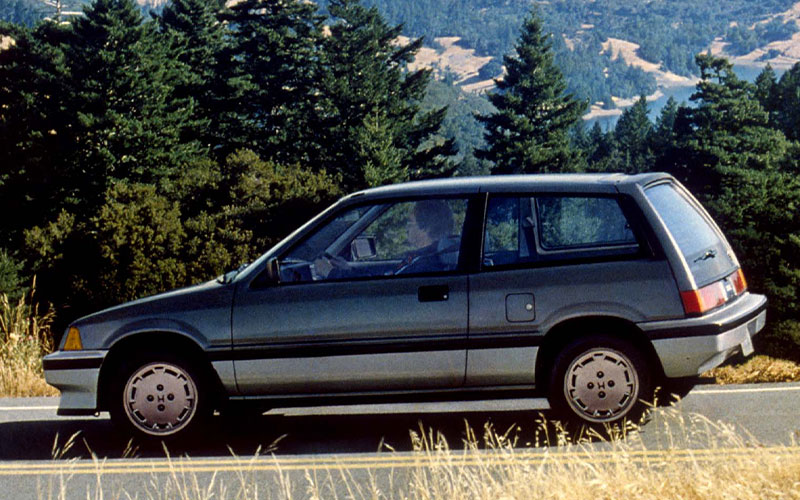
The Civic probably takes this one for being even more iconic than the well-renowned Sentra. A few short years after the Sentra, the Civic put up its own crazy mpg ratings. But the wide array of body styles, including the 4WD capable Wagovan and CRX coupe, make the Civic the more diverse and compelling choice. Add in the CRX Si, with it’s whopping 91 horsepower, and you have an econo-box worth getting wistful over.
In the match up between the Nissan Sentra vs the Honda Civic, the Civic wins handily.


